
LIST OF ILLUSTRATIONS

Mary Tudor and Charles Brandon, Duke of Suffolk, after Franois Clouet By kind permission of His Grace the Duke of Bedford and the Trustees of the Bedford Estates
The tomb at Westminster Abbey of Frances Grey (ne Brandon), Duchess of Suffolk The Dean and Chapter of Westminster
The ruins of Bradgate Manor, Leicestershire Leicester Mercury Media Group
Thomas Seymour of Sudeley, by Nicholas Denizot (154549) National Maritime Museum, Greenwich, London
Catherine Parr, attributed to Master John (c. 1545) The National Portrait Gallery, London
Edward Seymour, by Hans Holbein the Younger The Trustees of the Weston Park Foundation, U.K./The Bridgeman Art Library
Katherine Brandon (ne Willoughby), Duchess of Suffolk, by Hans Holbein Grimsthorpe and Drummond Castle Trust
Henry Brandon, Duke of Suffolk, by Hans Holbein the Younger (1541) The Royal Collection 2007 Her Majesty Queen Elizabeth II
Charles Brandon, by Hans Holbein the Younger (1541) The Royal Collection 2007 Her Majesty Queen Elizabeth II
Edward VI, by an unknown artist (c. 1547) The National Portrait Gallery, London William Parr, Marquess of Northampton, by Hans Holbein the Younger (c. 1540) The Royal Collection 2007 Her Majesty Queen Elizabeth II
Jane Dormer, Duchess of Feria, age twenty-nine, by a follower of Claudio Coello Private Collection. Photograph courtesy of Antonia Deutsch.
Edward VIs Devise for the Succession By kind permission of the Masters of the Bench of the Inner Temple. Photograph courtesy of Ian Jones.
Lady Jane Grey, by Levina Teerlinc (c. 154547) Yale Center for British Art, Paul Mellon Collection, USA/The Bridgeman Art Library
A document signed by Jane the Quene By kind permission of the Masters of the Bench of the Inner Temple. Photograph courtesy of Ian Jones.
Tower of London The Society of Antiquaries of London
The Execution of Lady Jane Grey, by Paul Delaroche (1834) The National Gallery, London
Stephen Gardiner, Bishop of Winchester, by an unknown artist Corpus Christi College, Oxford, U.K./The Bridgeman Art Library
Mary I, by Hans Eworth Society of Antiquaries of London, U.K./The Bridgeman Art Library
Lady Katherine Grey, by Levina Teerlinc (c. 155560) V&A Images, Victoria and Albert Museum
Lady Dacre and son, by Hans Eworth (1559) Private Collection/The Bridgeman Art Library
Queen Elizabeth I, by an unknown artist (c. 1558) Philip Mould, Ltd.
Mary Queen of Scots, after Franois Clouet (1560) Bibliothque Nationale, Paris, France, Giraudon/The Bridgeman Art Library
Robert Dudley, Earl of Leicester, by Steven van der Meulen (c. 156065) Wallace Collection, London, U.K./The Bridgeman Art Library
Katherine Grey as Countess of Hertford with her son Edward, Lord Beauchamp, by Levina Teerlinc (c. 1562) Belvoir Castle, Leicestershire, U.K./The Bridgeman Art Library
Sir William Cecil, later Lord Burghley, by Arnold van Brounckhorst (c. 1560) The National Portrait Gallery, London
Lady Mary Grey, as Mrs. Keyes, by Hans Eworth By kind permission of the Trustees of the Chequers Estate/The Bridgeman Art Library
The East Front of Chequers By kind permission of the Trustees of the Chequers Estate, Mark Fiennes/The Bridgeman Art Library
Effigies at Salisbury Cathedral of Lady Katherine Grey and her husband, Edward Seymour, Earl of Hertford Photograph courtesy of Dr. John Crook
Map of London, from Civitates Orbis Terrarum, by Georg Braun (1542- 1622) and Frans Hogenburg (1635-90), c. 1572 Glasgow University Library, Scotland/The Bridgeman Art Library


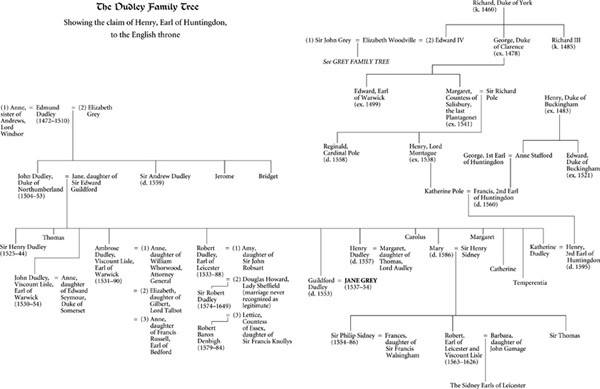
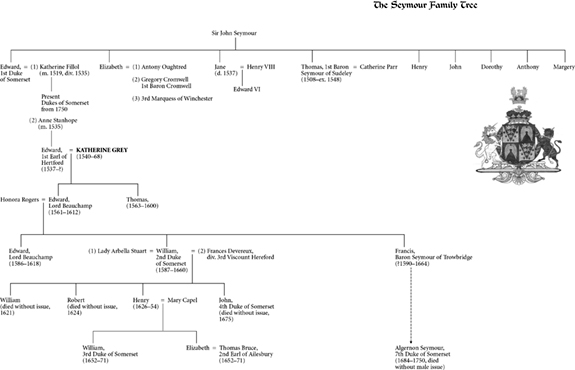

PROLOGUE

G OD, THE P RIME M OVER, BROUGHT PEACE AND ORDER TO THE darkness of the void as the cosmos was born. Everything, spirit or substance, was given its place according to its worth and nearness to God. Above the rocks, which enjoyed mere existence, were plants, for they enjoyed the privilege of life. Each plant also had its appointed rank. Trees were higher than moss, and oak the noblest of the trees. Superior even to the greatest tree were animals, which have appetite as well as life. Above the animals mankind, whom God blessed with immortal souls, and they too had their degrees, according to the dues of their birth. This was the great Chain of Being, by which the Tudor universe was ordered, and at its top, under God, stood Henry VIII. It was a place he held convincingly. As he prepared for the joust on a spring day in 1524 he was still the man described by a Venetian ambassador as the handsomest Prince in Christendom. Tall and muscular, with a fine complexion, the thirty-two-year-old monarch had ruled England for fifteen years and was in the prime of life. He had just had some new armor made and was looking forward to testing it at the tilt.


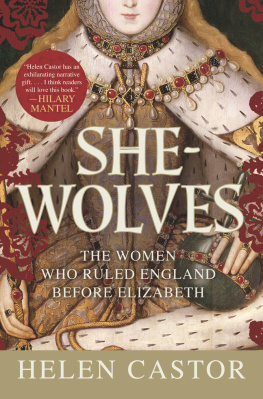

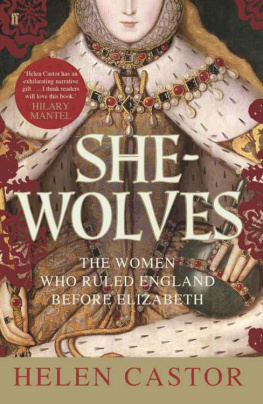
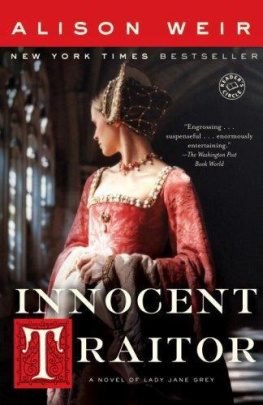
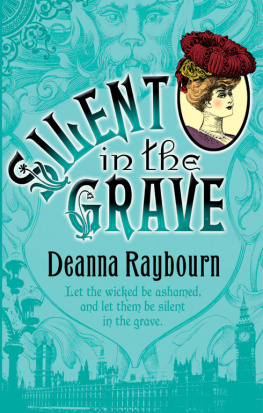
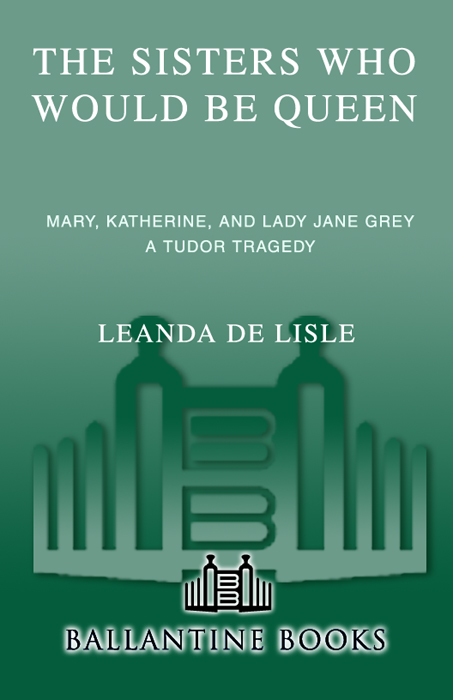
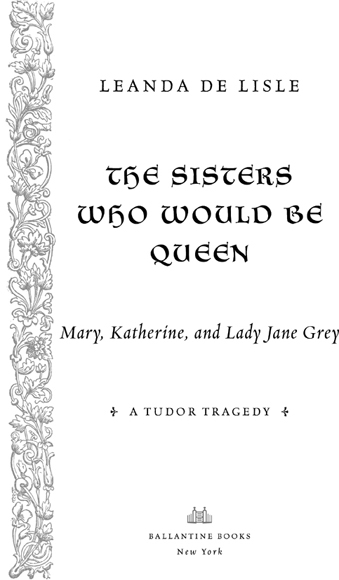
 CONTENTS
CONTENTS 
 PART ONE
PART ONE 



